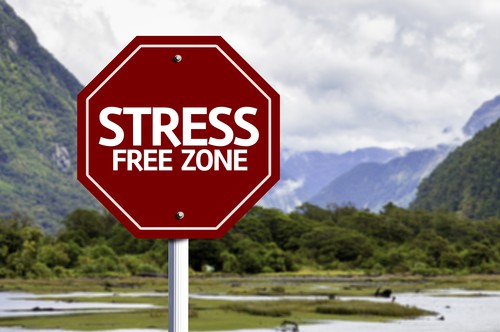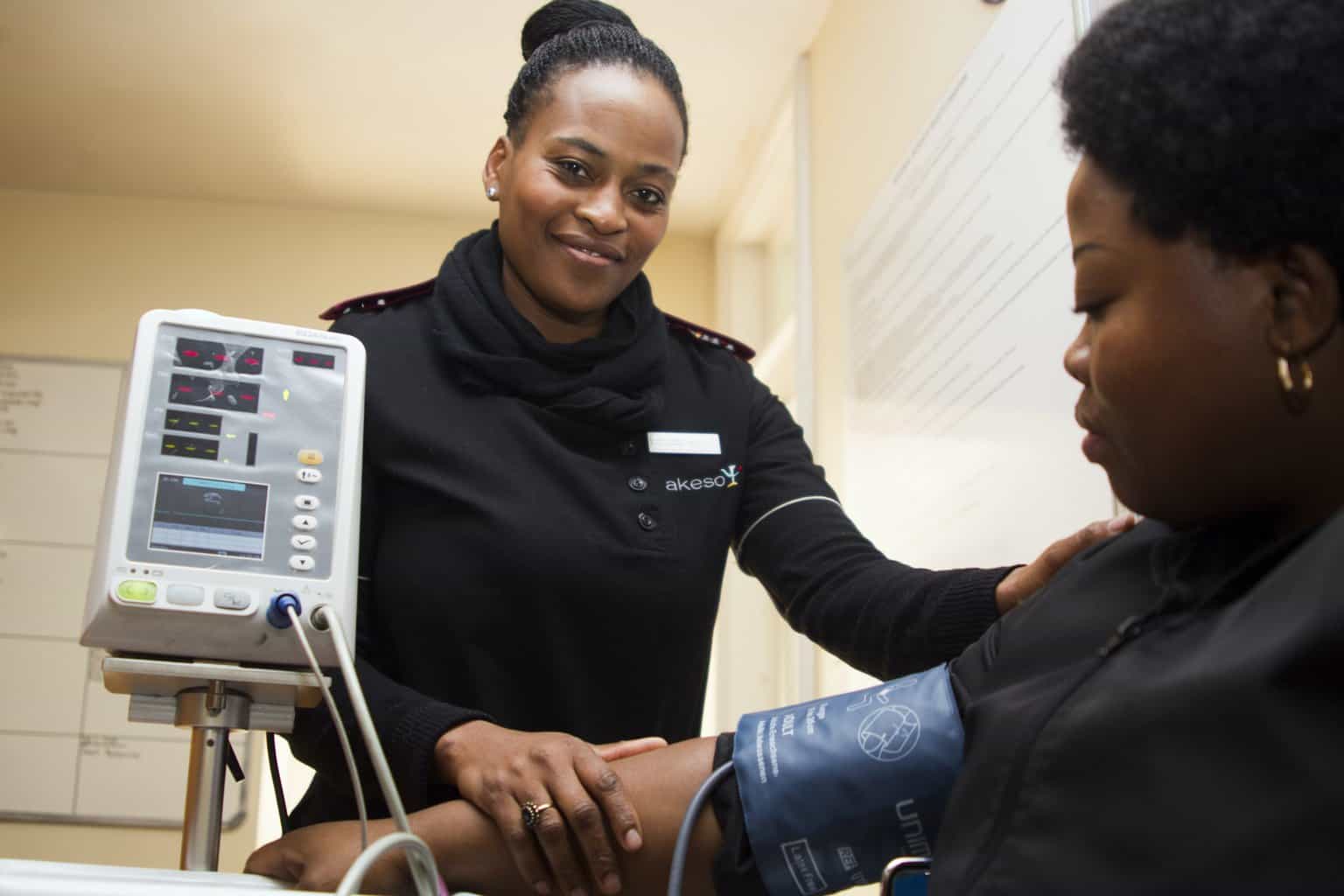In a situation where a toddler must be around people or is the center of attention and are fearful and worry; this is a situation where the toddler is experiencing social anxiety. Those children who go through more significant amounts of social anxiety are usually called shy. The biggest problem is the fear that others won’t think well of them. This is toddler social anxiety, and you need to help them overcome it.

The big fear in them is that they will do something or say something that will cause embarrassment. Physical symptoms the child may be experiencing are stomachaches, nausea, trembling, and blushing. From 1-9% of adolescents and kids develop what you can refer to as Social Phobia, which a doctor can diagnose after the boy’s social anxiety has continued for longer than six months, having a substantial impact on his or her life.
Kids who have social phobia are likely to avoid all manner of situations which necessitate interacting with others. These include but are not limited to meeting new people, conversing on the phone, participating in group activities or with teams or clubs, and answering questions in the classroom. This may even include feeling one is not dressing appropriately.
Social anxiety can go unnoticed for years since the child will usually be quiet about it and very obedient in school. He or she may not voice his or her fears. While shyness isn’t a problem (if we were all extroverts, the world would not be so fascinating a place), it becomes a problem when it restrains the child from enjoying life. Often shy children will develop highly satisfactory, long-term friendships, having significant achievements in their careers. Although, if these things (social anxiety and shyness) stop the child from partaking in regular daily activities (like discussions in the classroom), finding events enjoyable (like parties), or from forming lasting bonds with friends, then it would be good to consult an expert.
Toddler Social Anxiety and How You Can Help
1. Stepladders
One way of dealing with social anxiety in children is to use stepladders. You should set every stepladder in a way that matches the kid’s amount of stress. On the stepladder, some children may find each step too easy/slow or too hard, fast. This all depends on the child’s level of anxiety. The first few attempts he or she practices on the stepladder, it’s a good idea to use people that will react well to your child. When the child has high confidence, they may practice introducing themselves to, or talking with, a child that is not familiar (because your child doesn’t know how they might react). Peers act in a way that is sometimes not ideal or may decide to reject your kid. A lesson your child can come to understand from the stepladders is he may cope when someone doesn’t feel like playing with him.
2. Introductions
Perhaps you can encourage your child to say “hi” to a friend she hasn’t met before. Or she can say “hi” to a child she hasn’t met before at the park. She might say “hi” to someone at the supermarket. Or she could say “hi” to an adult you’ve met. She might say “hi” to someone she doesn’t know at school. She could say “Hi, let’s play,” to a child she doesn’t yet know at the park. She could talk to someone she doesn’t know at school, asking them how their weekend was. She might visit a class and say “hi” plus “goodbye” to a child in that classroom. They might attend a group or class that is new to them and talk with one or two of the children in that classroom.
3. Confidence building phrases.
A phrase worth repeating with the child is “I can do it.” This is an excellent expression for toddlers to hear repeatedly. Reinforce your child’s positivity with such phrases as “I’m brave,” “people like me,” and “I’ll be fine.” This will help reduce toddler social anxiety over time.
3. Remembering previous responses
One thing you can have your child do to build confidence in their interactions with others is to have your child ask themselves, “What was the response I got when I last asked something of the teacher in class?” “What is the likelihood that I will say the wrong thing?” “When my friend said something wrong, what did I think?”
4. Prepping for the world
As a parent, you are teaching your baby toddler to prepare for going out in the world before they do. Try having your baby act out their social interactions at home before they do it in front of others. Doing this will help lessen toddler social anxiety and identify common problems your child is suffering with. There is much to learn from this process.
5. Don’t force your child
Your child should not be compelled to go into a situation with other people. It should be their decision. By forcing them into a situation, you may cause them more embarrassment in that situation, causing them to further shut down from social interaction in the future. It is okay to gently, quietly persuade your child to interact, but to force them to do it would most certainly be counter-productive.
6. Acknowledging the achievement
When your child completes a step, you have set out for them, be sure to recognize their achievement (quietly, if others are nearby). Later you can make a more significant deal of it when you and your child are not around others.
7. In the case of incompletion of a step
You may wish to try again another day if your child is unable to complete an individual action on a particular day. Don’t scold or punish your child for not finishing the step.
8. Conferring with teachers
It may be a good idea to inform your child’s teacher or teachers about how you are dealing with your kid’s social anxiety. These people may be helpful to achieve the various levels on the stepladder. This is a way other people in your kids’ environment can help deliver a message consistent with yours. In this case, your child’s situation will not force your child to conform to social interactions too quickly and also help them from avoiding interaction altogether.
9. Preventing avoidance
Of course, if a child avoids a social situation completely it is not conducive to progress along the ladder. Gently persuade your child to take part in activities with other kids.
10. Don’t criticize or use negative remarks with your child
If you find this whole process frustrating, be sure not to use negativity to affect your child’s behavior, this will have negative results. This will only increase toddler social anxiety symptoms and impact your child’s confidence, self-esteem, and overall health.
Repeating these steps with your child until they are comfortable with other people should do the trick, and have long-lasting effects on your child’s future happiness and success in the world.
What do you think? What methods do you use to lessen toddler social anxiety? Please leave comments below.



